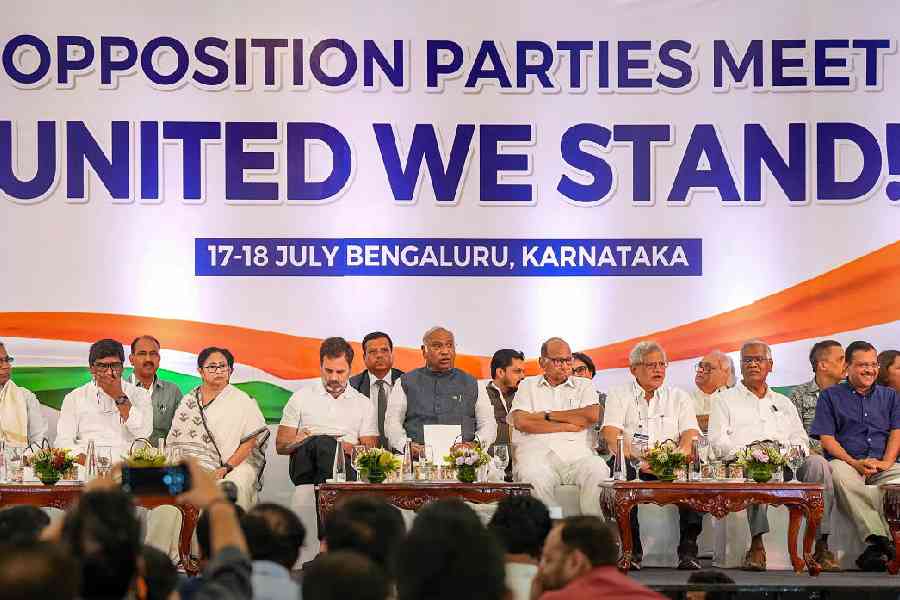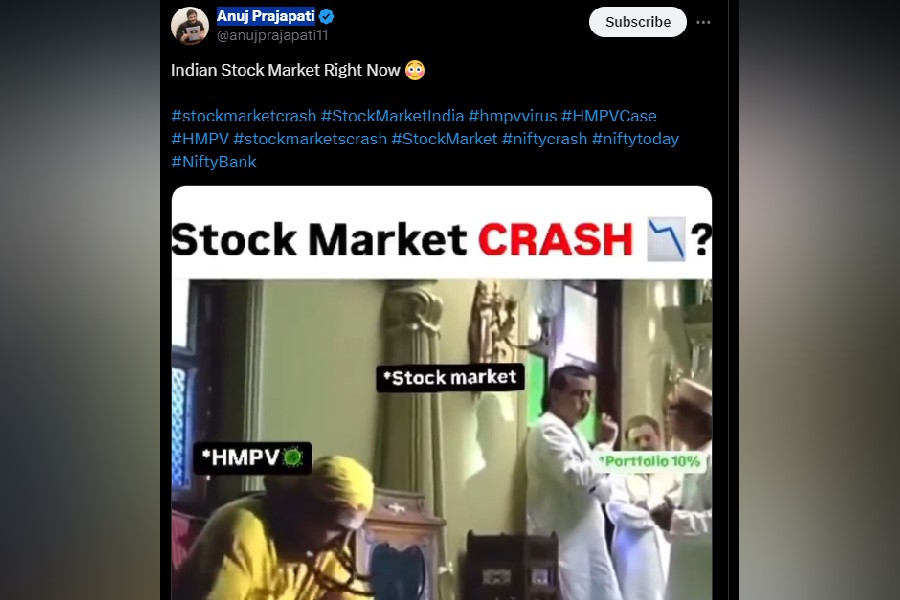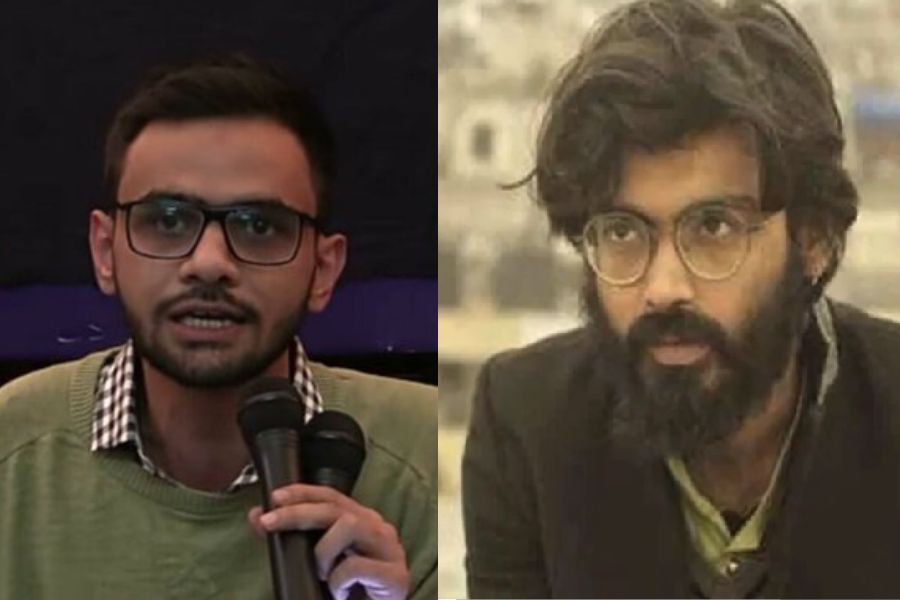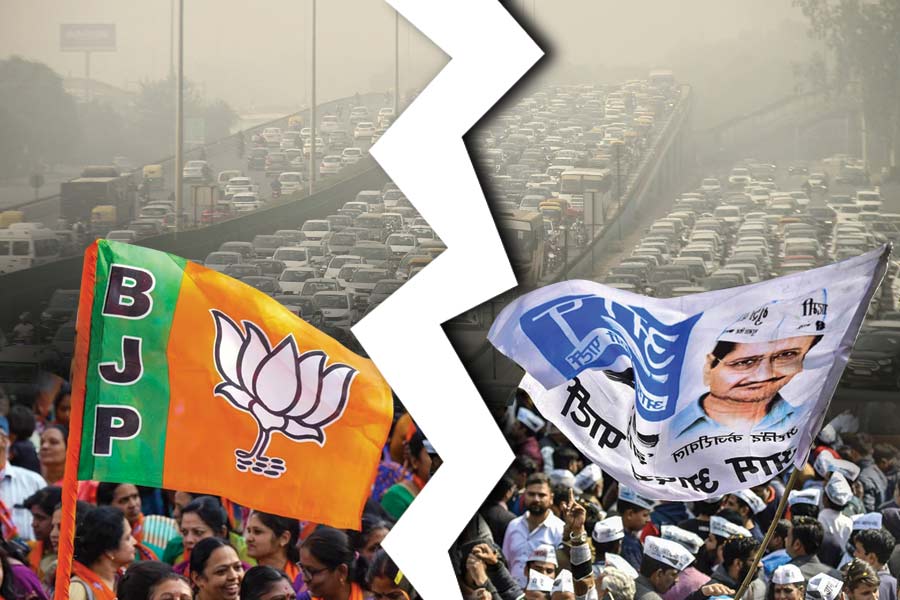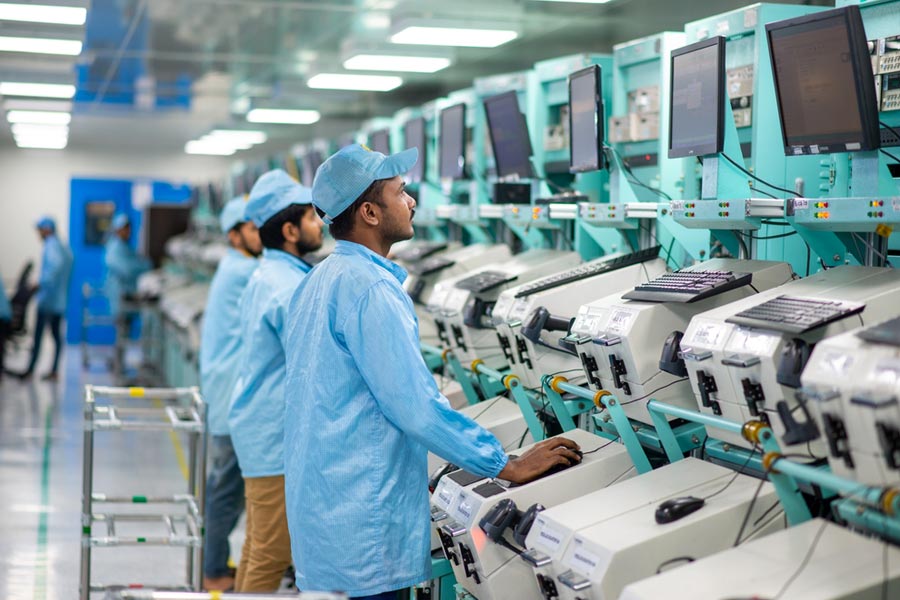In terms of sheer optics, not to mention political curiosity, there is a strong case to suggest that the 26-party Opposition meet in Bengaluru’s West End Hotel stole a march over the 38-party National Democratic Alliance gathering at New Delhi’s Ashok Hotel. This had little to do with the relative merits of the two hotels, owned by the Taj Group and the public sector ITDC, respectively. In terms of sheer newsworthiness, greater importance will undeniably be attached to a gathering that succeeded in bringing the West Bengal chief minister, Mamata Banerjee, and the general-secretary of the Communist Party of India (Marxist), Sitaram Yechury, not merely on the same platform but cementing a political alliance that involves the All India Trinamul Congress, the Left and the Congress — parties that are at loggerheads in West Bengal.
Unlike the Patna conclave hosted by the Bihar chief minister, Nitish Kumar, last month, which was essentially a meeting of different parties to discuss the modalities of mounting an effective challenge to Prime Minister Narendra Modi in next year’s general election, the objective of the Bengaluru gathering was different and markedly more ambitious. In Bengaluru, the multitude of Opposition parties agreed to come together in a formal alliance that was given an imaginative label — Indian National Development Inclusive Alliance aka INDIA. This implies that there will be an electoral alliance involving the Congress and the Left in Kerala, the Aam Aadmi Party and the Congress in Delhi and Punjab, and the AITC and Left-Congress alliance in West Bengal.
For the Left, this participation in INDIA constitutes a significant break from the past. In 1977, the CPI(M) had a loose electoral understanding with the Janata Party but kept its identity distinct. This was also the case in 1989 when it stayed outside the National Front. Despite a lot of pressure and persuasion, it also refused to join the United Front governments of H.D. Deve Gowda and I.K. Gujral between 1996 and 1998. The CPI(M) certainly commanded a great deal of influence in the UPA-I government of Manmohan Singh. However, it didn’t ever countenance any alliance that would compromise its anti-Congress stand in West Bengal and Kerala. Has the cruel reality of being relegated to third position in the erstwhile Red Fort made it amenable to the idea of supping with Mamata Banerjee and subsequently justifying it as an aspect of a broad, anti-fascist alliance? With the Left, sophistry is a part of life.
Of course, whether these electoral alliances will materialise or be compromised by proverbial friendly (but in effect unfriendly) fights will be worth observing in the coming days. According to the Congress president, Mallikarjun Kharge, the next step in the political game will be a gathering in Mumbai in the coming months where an 11-member coordination committee will be appointed to explore state-wide alliances and a common programme. Kharge also suggested that the vexed question of who will lead INDIA — which he insouciantly dubbed “a small matter”—will also be addressed by the coordination committee.
He was being plain disingenuous. What took place in Bengaluru was the assembling of a scaffolding, but without either a blueprint or a title deed of the building. There is an intention, perhaps even determination, on the part of the 26 or so parties to defeat the Bharatiya Janata Party in 2024 and maximise their respective representation in Parliament. However, as of now, there is not a semblance of agreement over two crucial matters.
First, while ‘development’ and ‘inclusive’ are unexceptionable objectives —the Indian equivalent of motherhood and apple pie — there are likely to be sharp disagreements over what will be the campaign planks against the Modi government. Discerning observers would have noticed the striking absence of the one issue that has agitated the anti-BJP forces over the past nine years: secularism. True, the ‘S word’ wouldn’t have fitted into the INDIA acronym, but Kharge deftly skirted a media question over the alliance’s possible attitude to the Uniform Civil Code that the BJP may well present in the winter session of Parliament. With the Shiv Sena of Uddhav Thackeray occupying a prominent role in INDIA, any explicit attack on Hindutva or even the legacy of Vinayak Damodar Savarkar is calculated to create fissures.
These fissures are inescapable. In his brief interaction with the media, Rahul Gandhi harped on the conflicting ideas of India. This is one of his pet themes, which finds favour with the anti-BJP Khan Market set in Delhi. At its heart is the conviction that the BJP is a communal party and that Hindutva has been transformed into common sense in the past nine years. This is an issue that the AAP, for example, doesn’t want to address since it seeks to appeal to the Hindu middle classes of Delhi.The Congress ideologues, on the other hand, want to go full throttle exposing Modi’s departure from the secular consensus.
Those with long memories will recall that it was the secular-communal question that prevented the BJP from being included in the broad front against Rajiv Gandhi in 1989. This didn’t ultimately make a crucial difference because the unpopularity of the Congress overrode all other considerations. There is no reason to believe that as of now the Modi government is in the same position as the Congress was in 1988-89.
Secondly, the issue of leadership was naturally left unaddressed. However, in carefully manoeuvring itself into a pivotal role, the Congress is not in a mood to show magnanimity. In some source-based reports, Kharge is understood to have said that the Congress will not insist on the prime minister’s post but this is not the last word on the subject. Rahul Gandhi is the Congress’s chosen candidate to succeed Modi. The party may decide that tactically it is best to keep this in the background during the campaign. However, the BJP isn’t likely to let this issue pass. It is certain to be relentless in asking INDIA who is its alternative to Modi.
Although India has a parliamentary system, successive elections have shown that the voting logic is quasi-presidential. INDIA will be trying its utmost to make the 2024 election a cluster of state elections. The BJP will attempt to make it as pan-Indian as possible. The election result will hinge on which approach captures the popular imagination.

